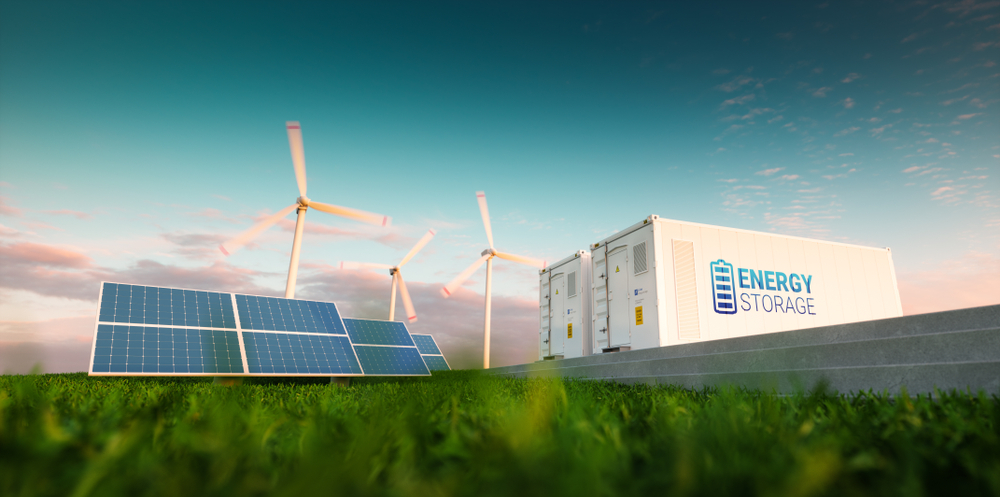NFPA releases new energy storage system fact sheet
- January 18, 2021
- 9:41 am


Iain Hoey
Share this content
The National Fire Protection Association (NFPA) has released a new energy storage systems (ESS) safety fact sheet as President-elect Joe Biden, a strong clean energy proponent, is set to take office on Wednesday.
The 46th president and his Administration are expected to spearhead a Clean Energy Revolution via a 9-step plan their campaign laid out. That strategy states, in part, that, “On the first day of Biden’s Administration, according to the intergovernmental Panel on Climate Change, there will only be nine years to stop the worst consequences of climate change.
Biden will act on climate change immediately and ambitiously, because there is no time to waste.” Biden will invest $400 billion over ten years, as part of a broad mobilisation of public investment, in clean energy and innovation – an investment (in today’s dollars) that is twice what was made in the Apollo program that put man on the moon.”
As a global organisation devoted to eliminating loss from fire, electrical and related hazards, NFPA is no stranger to clean energy safety. Over the past 10 years, the Association has introduced groundbreaking training for the fire service and others on topics such as solar energy, energy storage systems, electric vehicles, and flammable refrigerants to ensure that as communities embrace and incentivise the use of green technologies, first and second responders are well-informed about potential safety issues.
Policy makers, code officials, manufacturers, designers, engineers, skilled labor, and the public also share responsibility in ensuring the safety of people and property and have also found enormous value in the NFPA guidance.
With more and more countries, states, and communities putting forth zero emissions deadlines, tax breaks and other changes, NFPA developed the at-a-glance Energy Storage Systems Safety Fact Sheet to bring the safety considerations of ESS to the forefront. The resource distills key points identified in NFPA ESS training, NFPA 855, Standard for the Installation of Energy Storage Systems, and a myriad of related materials, with an emphasis on:
- The meaning of ESS
- The advantages of supplemental service, peak-shaving, load-leveling, and uninterruptible power supply
- Hazards such as thermal runaway, stranded energy, toxic and flammable gases, deep-seated fires, mechanical/thermal/electrical abuse and environmental impacts
- Designer/contractor considerations for safety – explosion protection/prevention, fire protection systems, battery management systems, and ESS spacing
- Permitting checklist for authorities having jurisdiction (AHJs)
- Pre-incident planning and emergency operations planning highlights
- Available resources such as research, other fact sheets, and related standards
Additionally, the Fire Protection Research Foundation, the research affiliate of NFPA, is in the process of finalising an Energy Storage Research Consortium for interested members of the energy storage and fire protection industries to discuss industry-relevant fire protection issues and related research needs.
According to the Biden renewables strategy, a target will be set to reduce the carbon footprint of the U.S. building stock 50 percent by 2035 and incentives for deep retrofits that combine appliance electrification, efficiency, and on-site clean power generation will be introduced. Biden will also work with governors and mayors to support the deployment of more than 500,000 new public charging outlets by the end of 2030, an infrastructure issue that NFPA is currently focused on as part of the NFPA Spurs the Safe Adoption of Electric Vehicles though Education and Outreach effort.
NFPA has dedicated microsites for ESS, alternative fuel and electric vehicles, and the flammable refrigerants that are part of a global accord signed by nearly 200 countries including the United States; as well as insights from the NFPA Fire & Life Safety Policy Institute. All these resources stress that safety is a system.

